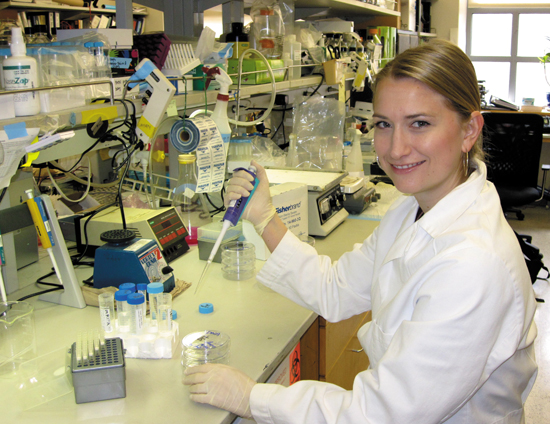A recently published UCLA study has identified interactions between genetics and environment that may affect disease susceptibility among individuals.
“It’s one of these classic things: is it genes or environment? It turns out it’s both. (We) never had a good experiment to test that idea,” said Dr. Jake Lusis, a co-author on the paper and professor of medicine and human genetics at the UCLA David Geffen School of Medicine.
Differences in DNA sequence, also called polymorphisms, explain the difference in susceptibility to disease among individuals, said Dr. Judy Berliner, another co-author on the paper and professor of pathology and medicine at UCLA.
The study emphasized gene-by-environment interaction in the context of cells affected by stressors related to heart disease. A long-term goal of the study was to understand molecules present in cell walls involved in heart disease.
“Heart disease is one of these complex diseases in that it has multiple genetic and environmental factors. Really, our understanding is very, very incomplete,” Lusis said.
In the midst of so many unknowns and so many influential factors on test subjects, determining what to test and how to quantify an environmental stressor in a lab setting requires multiple components of consideration.
“There are so many factors in environment: physical activity, diet, stress. It’s very, very difficult in the human population to control all those factors, (so you) take actual cells from people and ask, “˜How do individual cells respond?'” Lusis said.
